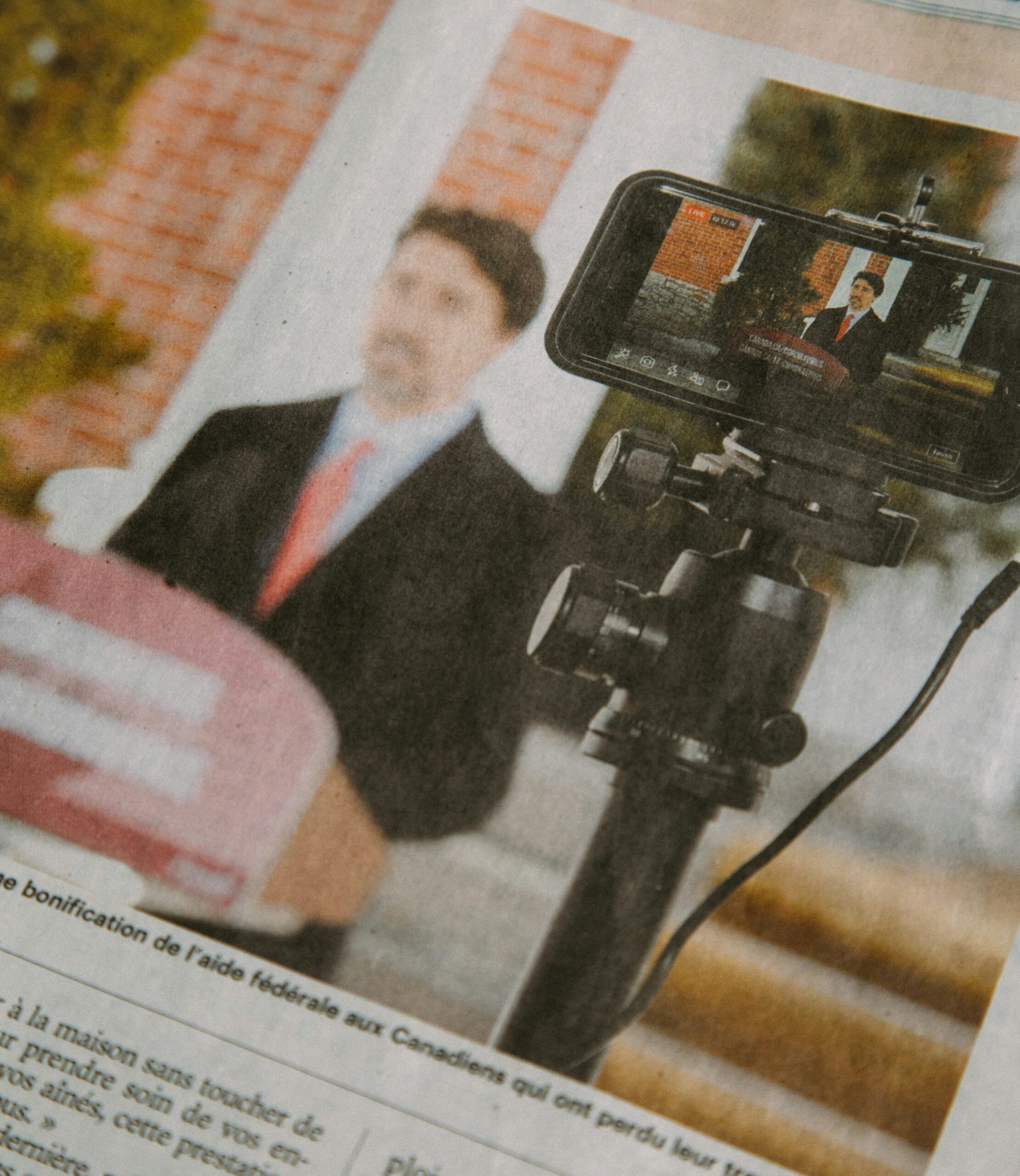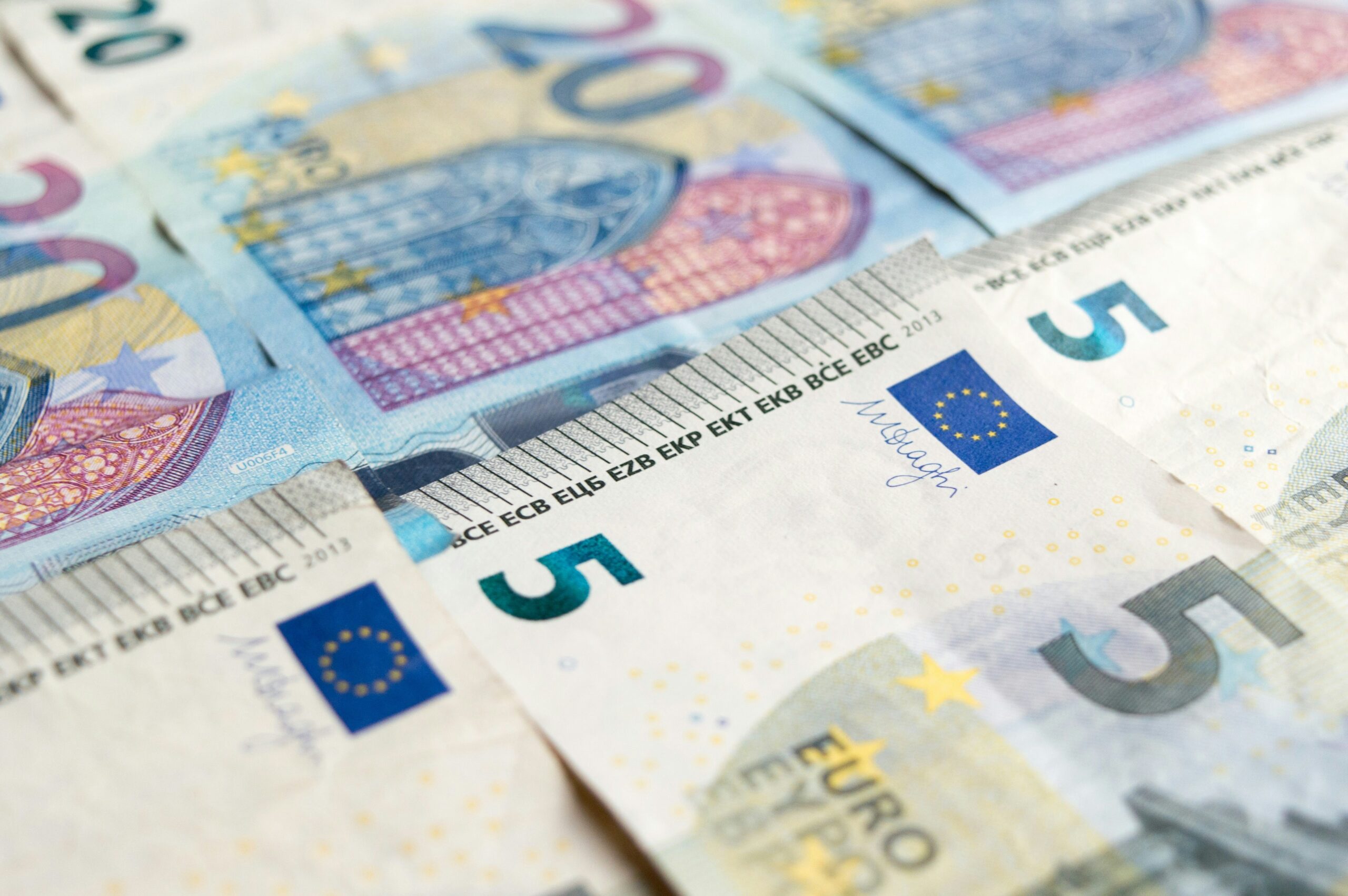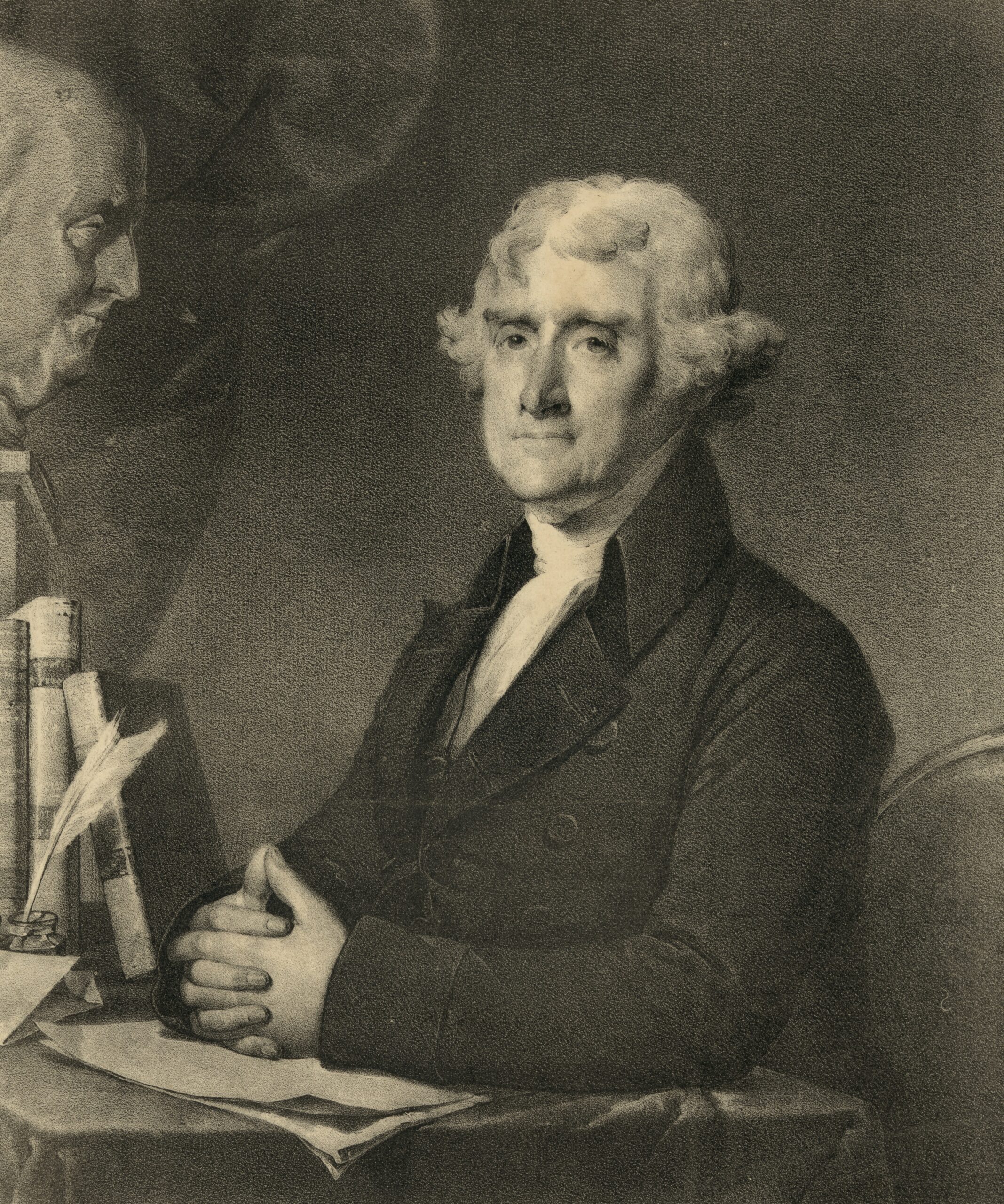Introduction to Iran’s Political Landscape
Iran’s political structure is a complex tapestry woven from various governing bodies and religious principles. At the apex of this intricate system is the Supreme Leader, who holds the highest authority in the country. This position is currently occupied by Ayatollah Ali Khamenei. The Supreme Leader’s power extends over all major branches of the government, including the military, judiciary, and media, making him the most influential figure in Iran.
Below the Supreme Leader is the President, who is the second-highest-ranking official in Iran’s political hierarchy. The President is responsible for the executive branch, overseeing domestic policies, and executing laws passed by the parliament (Majlis). Although the President has considerable influence, his powers are significantly limited by the Supreme Leader.
Another pivotal entity in Iran’s political framework is the Guardian Council. This 12-member body, consisting of six clerics appointed by the Supreme Leader and six jurists nominated by the judiciary and approved by the parliament, serves as the gatekeeper of Iran’s political and legislative processes. The Guardian Council vets all presidential candidates, ensuring they align with the Islamic Republic’s principles, and can disqualify those deemed unsuitable.
Presidential elections in Iran are a vital aspect of the political landscape, often highlighting the ideological divide between conservative hardliners and moderate reformists. The tension between these two factions shapes the country’s policies and international relations. Hardliners generally advocate for strict adherence to Islamic ideals and resistance to Western influence, while moderates seek reforms and greater engagement with the global community.
Understanding this dichotomy is essential to grasp the significance of the upcoming presidential run-off. The presence of a Khamenei protégé, perceived as a moderate, adds a new dimension to the electoral contest, potentially influencing the future trajectory of Iran’s domestic and foreign policies.
Who is the Khamenei Protégé?
In the latest Iranian presidential run-off, the spotlight is on the sole moderate candidate, widely recognized as a protégé of Supreme Leader Ayatollah Ali Khamenei. This individual, whose political journey has been both dynamic and intricate, offers a nuanced perspective within the country’s heavily polarized political landscape.
Born into a family with deep political roots, the Khamenei protégé embarked on his political career in the early 2000s. He initially gained prominence within the ranks of the conservative faction but gradually shifted towards a more moderate stance. This evolution was marked by his pragmatic approach to both domestic and foreign policy issues, distinguishing him from more hardline counterparts.
Over the years, his career has been punctuated by significant achievements and notable controversies. Among his successes, his tenure as the Governor of a key province stands out, during which he implemented several reformative policies aimed at economic modernization and social development. These measures were met with mixed reactions but undeniably showcased his willingness to navigate complex political terrains.
Controversies have not been scarce either. Critics often point to his fluctuating political allegiances and occasional conciliatory gestures towards Western powers as points of contention. However, his supporters argue that these actions reflect a necessary adaptability in the face of evolving geopolitical realities.
Central to understanding his political ideology is his relationship with Ayatollah Ali Khamenei. As a protégé, he has enjoyed a degree of mentorship and guidance from the Supreme Leader, which has significantly influenced his policy positions. This relationship has afforded him a level of political leverage and protection, enabling him to advocate for moderate reforms while maintaining a strategic alignment with the core principles of the Iranian leadership.
In summary, the Khamenei protégé represents a complex blend of tradition and modernity within Iran’s political scene. His candidacy in the presidential run-off symbolizes a potential shift towards moderation, though it remains deeply rooted in the established power structures of the Islamic Republic.
The Path to the Run-off
The journey to the presidential run-off in Iran has been marked by a series of pivotal events, starting with an initial pool of candidates that showcased a wide spectrum of political ideologies. The primary elections saw numerous contenders, each presenting their vision for the future of Iran. However, the field began to narrow as key disqualifications and strategic withdrawals reshaped the landscape. Among the candidates, the protégé of Supreme Leader Ali Khamenei emerged as a central figure, capturing significant attention.
Throughout the campaign, the Khamenei protégé employed a series of calculated strategies to bolster his position. His platform emphasized continuity and stability, resonating with a segment of the electorate seeking a steady hand in turbulent times. Public reception was mixed; while some viewed him as a stabilizing force, others criticized his close ties to the establishment, fearing a lack of meaningful reform.
Endorsements played a crucial role in shaping the candidate’s campaign. Support from influential figures and organizations lent credibility and broadened his appeal. However, these endorsements also attracted scrutiny, with critics arguing that they symbolized entrenchment rather than progress. Despite the polarized opinions, the protégé’s campaign managed to maintain momentum, navigating the complex political terrain with a blend of traditional rhetoric and modern media engagement.
The primary election results reflected a divided electorate, with the Khamenei protégé securing enough support to advance to the run-off. His performance in the primaries was bolstered by effective grassroots mobilization and strategic alliances. However, the road to the run-off was not without challenges. Criticisms of his policies and affiliations persisted, necessitating a robust defense of his vision for Iran’s future. As the run-off approaches, the candidate’s ability to address these concerns while consolidating his base will be critical in determining his success.
Policies and Vision
The Khamenei protégé presents a comprehensive vision for Iran’s future, centered around economic reform, a balanced foreign policy, enhanced civil liberties, and progressive social issues. His economic agenda emphasizes strengthening domestic industries, reducing dependence on oil revenues, and promoting technological innovation. This approach starkly contrasts with the more insular economic policies of hardline candidates, who prioritize state control over market dynamics.
On the foreign policy front, the protégé advocates for a pragmatic and diplomatic stance. He aims to rebuild and foster international relationships, particularly with Western nations, to ease sanctions and attract foreign investments. This is a notable departure from the hardliners’ often confrontational and isolationist strategies, which have historically strained Iran’s international standing. By promoting a dialogue-driven approach, he seeks to position Iran as a cooperative global player, enhancing both national security and economic prosperity.
Civil liberties also form a critical component of his vision. The protégé supports measured reforms to expand freedoms of expression, assembly, and press. While maintaining a commitment to the core principles of the Islamic Republic, he proposes a more inclusive governance model that respects individual rights and fosters civic engagement. In contrast, hardline candidates typically endorse stringent controls and surveillance, limiting personal freedoms to safeguard regime stability.
Social issues, particularly those affecting women and youth, are also a priority for the Khamenei protégé. He advocates for greater gender equality, improved education, and employment opportunities for young Iranians. His policies aim to address societal expectations and modernize traditional norms, thereby creating a more equitable society. Hardline contenders, however, often resist such changes, favoring policies that reinforce conservative societal structures.
Overall, the Khamenei protégé’s policies and vision reflect a moderate and reformist approach, striving for economic modernization, diplomatic engagement, expanded civil liberties, and progressive social reforms. This positions him as a distinct alternative to the hardline candidates, who maintain a more conservative and insular stance on these critical issues.
Challenges and Controversies
The Khamenei protégé, despite being dubbed the sole moderate in Iran’s presidential run-off, has faced a myriad of challenges and controversies throughout his campaign. One of the most significant hurdles has been opposition from hardliners. These factions view any form of moderation with suspicion, fearing it could lead to a dilution of the Islamic Republic’s foundational principles. This skepticism has often translated into vocal criticisms and efforts to undermine his legitimacy.
Simultaneously, the protégé has not been immune to criticism from reformist factions. Reformists, who advocate for more extensive political and social changes, argue that his moderate stance does not go far enough. They contend that his policies are insufficient to address the deep-seated issues within the country, including economic stagnation, lack of political freedoms, and social inequalities. This internal division has fragmented the support base that is crucial for his campaign’s momentum.
Public skepticism has also been a formidable obstacle. The electorate, weary from years of economic hardship and political repression, remains doubtful of any candidate’s promises. The protégé’s association with Khamenei has further complicated his appeal. While some view his ties to the Supreme Leader as an assurance of stability, others perceive it as a continuation of the status quo. This duality has made it challenging for him to galvanize widespread support.
Significant events have also marked his campaign. Notably, statements addressing economic reforms and foreign policy have sparked intense debates. For instance, his proposal to negotiate with Western powers has irked hardliners, while his cautious approach to economic reforms has failed to fully convince the reformists. These statements have often been polarized, reflecting the deeply divided political landscape of Iran.
In essence, the Khamenei protégé’s campaign has been a balancing act, navigating through the complexities of Iran’s political factions and public sentiment. The controversies and challenges he faces underscore the intricate dynamics at play in Iran’s presidential run-off.
Public and International Response
The candidacy of the Khamenei protégé in Iran’s presidential run-off has elicited a spectrum of responses both domestically and internationally. Within Iran, the public’s reaction is varied across different demographic groups. The youth, who form a significant portion of the electorate, appear to be divided. While some young voters express cautious optimism, hoping for economic reforms and increased social freedoms, others remain skeptical, fearing a continuation of conservative policies that could stifle progress. Women, another critical demographic, also exhibit mixed reactions. Some see potential in the candidate’s moderate stance to advance women’s rights and participation in the public sphere, whereas others doubt substantial changes will occur given the historical context of gender policies in Iran.
Minority communities within Iran, including ethnic and religious minorities, are closely watching the elections. They hope for a government that will address their specific needs and concerns, such as greater cultural recognition and protection of their rights. However, there is a palpable sense of caution, as previous administrations have often overlooked these groups despite pre-election promises.
On the international front, the response is equally multifaceted. Western governments and international observers are particularly attentive to the potential foreign policy shifts under a new presidency. Some analysts speculate that a moderate leader could pave the way for renewed diplomatic engagements and possibly ease tensions that have marked Iran’s relations with the West. However, skepticism remains, particularly among countries with historical grievances against Iran, who question the depth of any potential reforms.
Additionally, regional powers are closely monitoring the developments, considering how a change in leadership might influence Iran’s role in regional geopolitics. Neighboring countries are particularly interested in whether the new president will adopt a more conciliatory approach that could lead to enhanced regional stability or continue the existing policies that have often led to friction.
Potential Impact on Iran’s Future
The potential presidency of the Khamenei protégé, often perceived as a moderate figure, could have significant ramifications for Iran’s future. Domestically, his leadership might herald a shift towards more balanced governance, emphasizing social and economic reforms. This could include initiatives aimed at reducing unemployment, addressing economic disparities, and improving public services. His moderate stance might also encourage greater political participation and a more inclusive dialogue within Iran’s multifaceted political landscape, fostering a sense of national cohesion.
On the international stage, a moderate president may strive to recalibrate Iran’s foreign policy. This could involve seeking détente with neighboring countries and engaging more constructively with Western nations. The aim would likely be to alleviate economic sanctions, thus revitalizing Iran’s economy and increasing foreign investment. Such a shift in international relations could also see Iran taking a more active role in regional diplomacy, potentially easing tensions in the Middle East.
Moreover, his leadership could contribute to a gradual transformation of Iran’s political climate. A moderate president might advocate for more pragmatic approaches to governance, balancing traditional values with modern exigencies. This could pave the way for incremental but meaningful reforms, enhancing civil liberties and promoting a more open society. The potential for legislative changes, underpinned by a commitment to moderation, could foster a more resilient and dynamic polity.
In the broader context, the direction set by a Khamenei protégé-led administration could influence not only Iran’s immediate future but also its long-term trajectory. By adopting a moderate and reformist agenda, Iran could witness a period of stabilization and growth, positioning itself as a pivotal player in international affairs. The potential for positive change under such leadership could resonate across various sectors, shaping a more prosperous and harmonious future for Iran.
Conclusion and Future Outlook
The discussion surrounding the Khamenei protégé as the sole moderate candidate in Iran’s presidential run-off brings to light several critical aspects of the nation’s political landscape. The emergence of a moderate figure within a predominantly conservative framework signifies a potential shift in Iran’s internal and external political strategies. As highlighted, this election could mark a pivotal moment for the country, influencing its approach to governance, economic policies, and international relations.
The significance of having a moderate candidate endorsed by Khamenei cannot be overstated. It suggests a possible endorsement from the highest echelons of power for a more balanced and less hardline approach. This could lead to more pragmatic policies aimed at addressing the economic challenges faced by the country, as well as a recalibration of Iran’s foreign policy. Such a development may foster a more conducive environment for diplomatic engagements, particularly with Western nations, thereby potentially easing long-standing tensions.
Looking ahead, the outcome of this election holds substantial implications for Iran and the broader Middle Eastern region. A moderate leadership could pave the way for reforms that enhance civil liberties and improve economic conditions, creating a more stable and prosperous society. Moreover, it might influence the dynamics of regional politics, encouraging a more collaborative and less confrontational stance among neighboring countries.
On the global stage, the election of a moderate president in Iran could lead to significant shifts in geopolitical alignments. It may open avenues for renewed negotiations on critical issues such as nuclear proliferation and regional security. This could contribute to a more stable international order, with Iran playing a constructive role in addressing global challenges.
In conclusion, the presence of a Khamenei protégé as the sole moderate in Iran’s presidential run-off underscores a potential turning point for the nation. The future trajectory of Iran will depend heavily on the election outcome, with far-reaching consequences for its people, the region, and the world at large.


